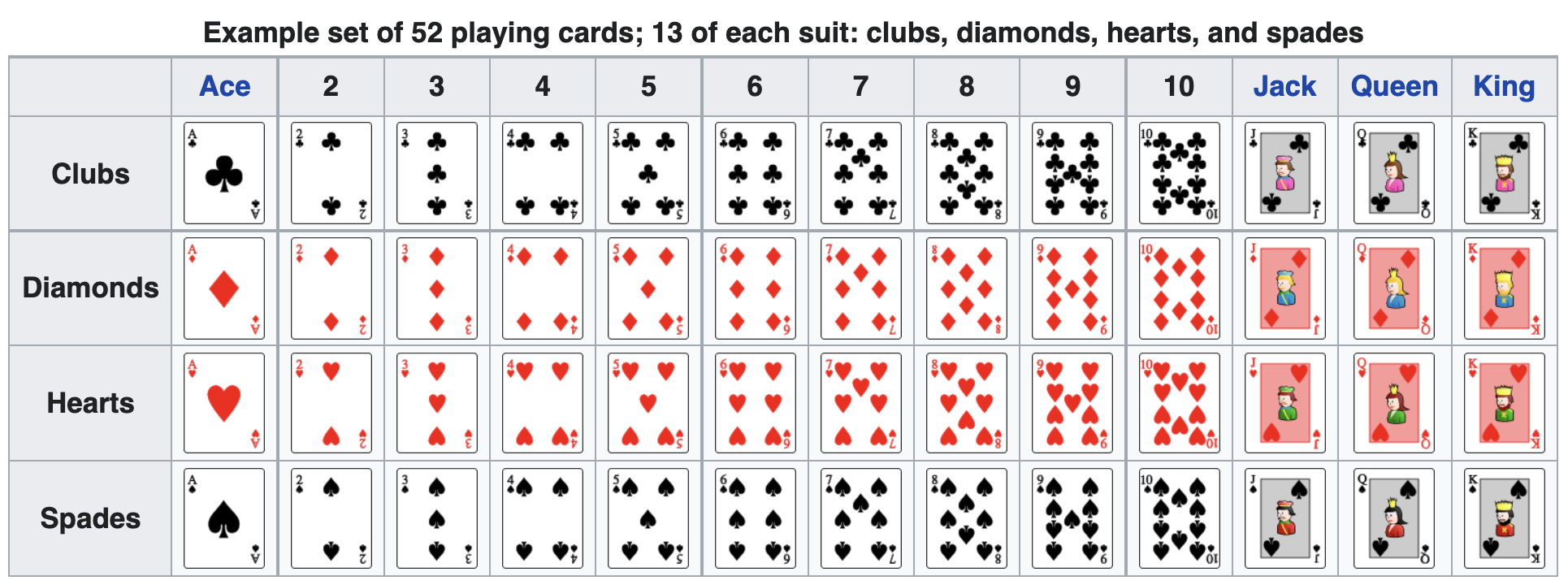Computing the Probability of Mutually Exclusive Events

Suppose the spinner from earlier is spun again, but this time we are interested in the probability of spinning an orange or a [latex]d[/latex]. There are no sectors that are both orange and contain a [latex]d[/latex], so these two events have no outcomes in common. Events are said to be mutually exclusive events when they have no outcomes in common. Because there is no overlap, there is nothing to subtract, so the general formula is
[latex]P\left(E\cup F\right)=P\left(E\right)+P\left(F\right)[/latex]
Notice that with mutually exclusive events, the intersection of [latex]E[/latex] and [latex]F[/latex] has no overlap, which means that the intersection of [latex]E[/latex] and [latex]F[/latex] is the empty set, [latex]\{\}[/latex]. This means that [latex]P(E \text{ and } F) = P(E \cap F) = 0[/latex]. The probability of spinning an orange is [latex]\frac{3}{6}=\frac{1}{2}[/latex] and the probability of spinning a [latex]d[/latex] is [latex]\frac{1}{6}[/latex]. We can find the probability of spinning an orange or a [latex]d[/latex] simply by adding the two probabilities.
[latex]\begin{align}P\left(E\cup F\right)&=P\left(E\right)+P\left(F\right) \\ &=\frac{1}{2}+\frac{1}{6} \\ &=\frac{2}{3} \end{align}[/latex]
The probability of spinning an orange or a [latex]d[/latex] is [latex]\dfrac{2}{3}[/latex].
probability of the union of mutually exclusive events
The probability of the union of two mutually exclusive events [latex]E[/latex] and [latex]F[/latex] is given by
[latex]P\left(E\cup F\right)=P\left(E\right)+P\left(F\right)[/latex]
- Determine the total number of outcomes for the first event.
- Find the probability of the first event.
- Determine the total number of outcomes for the second event.
- Find the probability of the second event.
- Add the probabilities.

A card is drawn from a standard deck. Find the probability of drawing a heart or a spade.The events “drawing a heart” and “drawing a spade” are mutually exclusive because they cannot occur at the same time.
- The probability of drawing a heart is [latex]\frac{13}{52}[/latex].
- The probability of drawing a spade is also [latex]\frac{13}{52}[/latex].
So, the probability of drawing a heart or a spade is
[latex]P(\text{Heart or Spade}) = \dfrac{13}{52}+\dfrac{13}{52} = \dfrac{26}{52}=\dfrac{1}{2}[/latex]